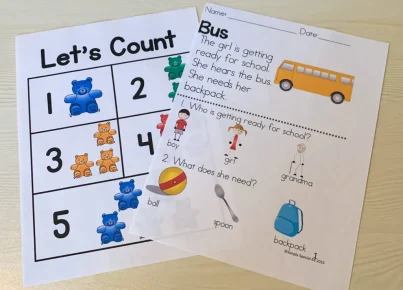Special education is an essential component of the educational system, providing support and opportunities for students with disabilities. However, its costs can be overwhelming for some institutions and communities. Here are five best ways to tame special education costs while improving services for students.
1. Collaborative Efforts
Collaboration with various stakeholders such as parents, teachers, and administrators can help in identifying cost-effective solutions. Forming committees to discuss resource allocation, sharing personnel, and promoting inclusive practices can help reduce costs and improve services within special education programs.
2. Sustainable Funding Models
Developing sustainable funding models ensures stability in program expenditures. This involves seeking grants from non-profit organizations, exploring partnerships with local businesses, or engaging in creative fundraising efforts. These methods help schools secure additional funds to support special education initiatives without burdening taxpayers.
3. Regular Professional Development
Training staff members on innovative teaching techniques and best practices for special education will yield good results in the long run. Investing in high-quality professional development not only improves the quality of instruction but also reduces costs by minimizing the reliance on external specialists or consultants.
4. Embrace Technology
Integrating technology into special education programs can increase efficiency and lower costs by streamlining administrative tasks or enhancing instruction via accessible and interactive materials. Investing in assistive technology devices will allow students to access curriculum materials more effectively, increasing their success within the classroom.
5. Early Identification and Intervention
Early identification of students requiring special education services ensures timely intervention and prevents future academic difficulties that can lead to increased costs. Schools should have a systematic process for identifying, evaluating, and providing services to students with disabilities at an early stage to avoid costly interventions later on.
In conclusion, taming the costs associated with special education while improving its services is possible through collaborative endeavors, sustainable funding models, regular professional development, embracing technology, and early intervention strategies. Investing in these approaches will not only reduce expenses but will also lead to better outcomes for students with disabilities.





